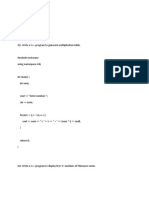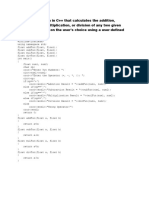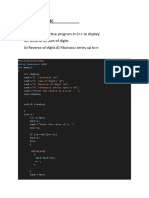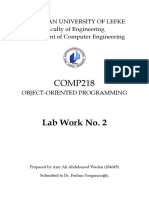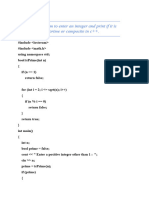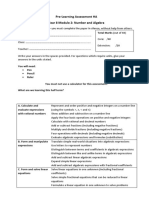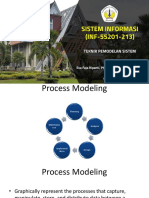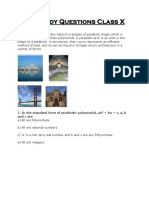0% found this document useful (0 votes)
51 views44 pagesAnshumanLab File C
The document outlines a series of programming exercises and algorithms in C++ over six weeks, covering basic concepts such as 'Hello World', swapping numbers, creating a calculator, and checking number equality. It progresses to more complex topics including pattern printing, recursive functions, class definitions for student and employee management systems, and static member functions. Each section includes code snippets, algorithms, and expected outputs for the exercises.
Uploaded by
anusingh2252Copyright
© © All Rights Reserved
We take content rights seriously. If you suspect this is your content, claim it here.
Available Formats
Download as PDF, TXT or read online on Scribd
0% found this document useful (0 votes)
51 views44 pagesAnshumanLab File C
The document outlines a series of programming exercises and algorithms in C++ over six weeks, covering basic concepts such as 'Hello World', swapping numbers, creating a calculator, and checking number equality. It progresses to more complex topics including pattern printing, recursive functions, class definitions for student and employee management systems, and static member functions. Each section includes code snippets, algorithms, and expected outputs for the exercises.
Uploaded by
anusingh2252Copyright
© © All Rights Reserved
We take content rights seriously. If you suspect this is your content, claim it here.
Available Formats
Download as PDF, TXT or read online on Scribd
/ 44
























